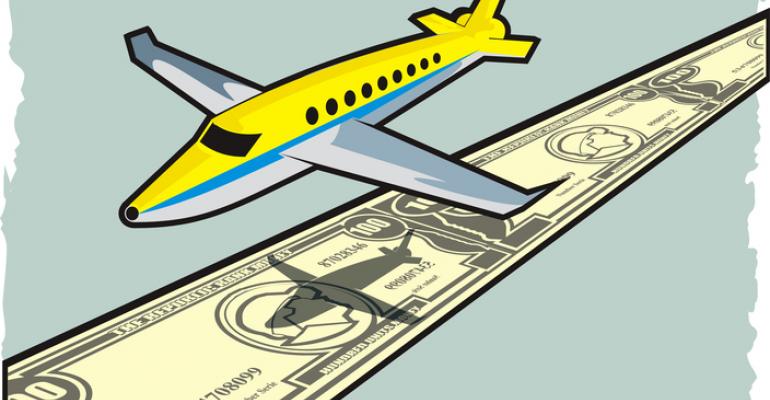The newest study from Oxford Economics on the economic significance of the meetings industry is out, illustrating the size and impact of meetings, conferences, incentive travel programs, and trade shows.
First the new numbers…
In the U.S. in 2016, there were:
• 1.9 million meetings
• 251 million meeting participants
For the U.S. economy, these meetings generated:
• $325 billion in direct spending
• $104 billion in federal, state and local taxes
• a $446 billion contribution to the Gross Domestic Product
The meetings industry in 2016 supported:
• 5.9 million jobs
During an online briefing announcing the results of the new study, Adam Sacks, founder and president of Tourism Economics, an Oxford Economics company, shared some insights into the big numbers.
• International attendees made up 2 percent of meeting participants in 2016, but 11 percent of the spending. “They tend to stay longer and spend a great deal more,” Sacks said, “this has important implications for visa policy as well as for Open Skies for aviation.”
• Meetings supported more jobs than many large manufacturing sectors, including food, auto, and chemicals, as well as the telecommunications and oil and gas extraction industries.
• Each meeting participant generates about $400 in tax revenue.
• Direct spending on meetings increased 23 percent since 2009 when Oxford Economics conducted its first study on the economic significance of the meetings industry. It increased 3.6 percent relative to 2015.
The study, commissioned by the Events Industry Council, and supported by the Meetings Mean Business Coalition and other industry partners, will be used to raise awareness that “the meetings sector is critical to a healthy and thriving national economy,” said Paul Van Deventer, president and CEO of Meeting Professionals International and co-chair of Meetings Mean Business, in the briefing. “The industry needs this new study to continue engaging business leaders and policy makers around the tangible benefits of the meetings industry.”
The numbers, he said, can be used “to build awareness from two perspectives. One is from the investment side, for organizations and governments to see the value of investing in the infrastructure to host the meetings.” The second, he said, is to bring visibility to the career opportunities around meetings and events. “Talent development is a huge challenge and one of the things we want to do is raise awareness of how you can have a fulfilling, exciting career in this industry.”
For advocacy efforts, Van Deventer continued, the research is critical. “One of the great synergies we have within the coalition is being part of the U.S. Travel organization. We leverage U.S. Travel and its lobbying arm to assist us in getting the message to legislators, including our upcoming Destination Capitol Hill where we bring in hundreds of key influencers in the industry to visit Capitol Hill and lobby on behalf of our industry.”
For Sacks, the increased strength of the economic numbers reveals the underlying importance of meetings: “I think the latest iteration of the research shows that he meetings industry is as strong as ever and continues to grow, even with alternative technologies. I think companies fundamentally recognize the importance of meeting together for building knowledge capital and for networking, sales, and building relationships. These things are prevailing against any of headwinds that may exist.”




